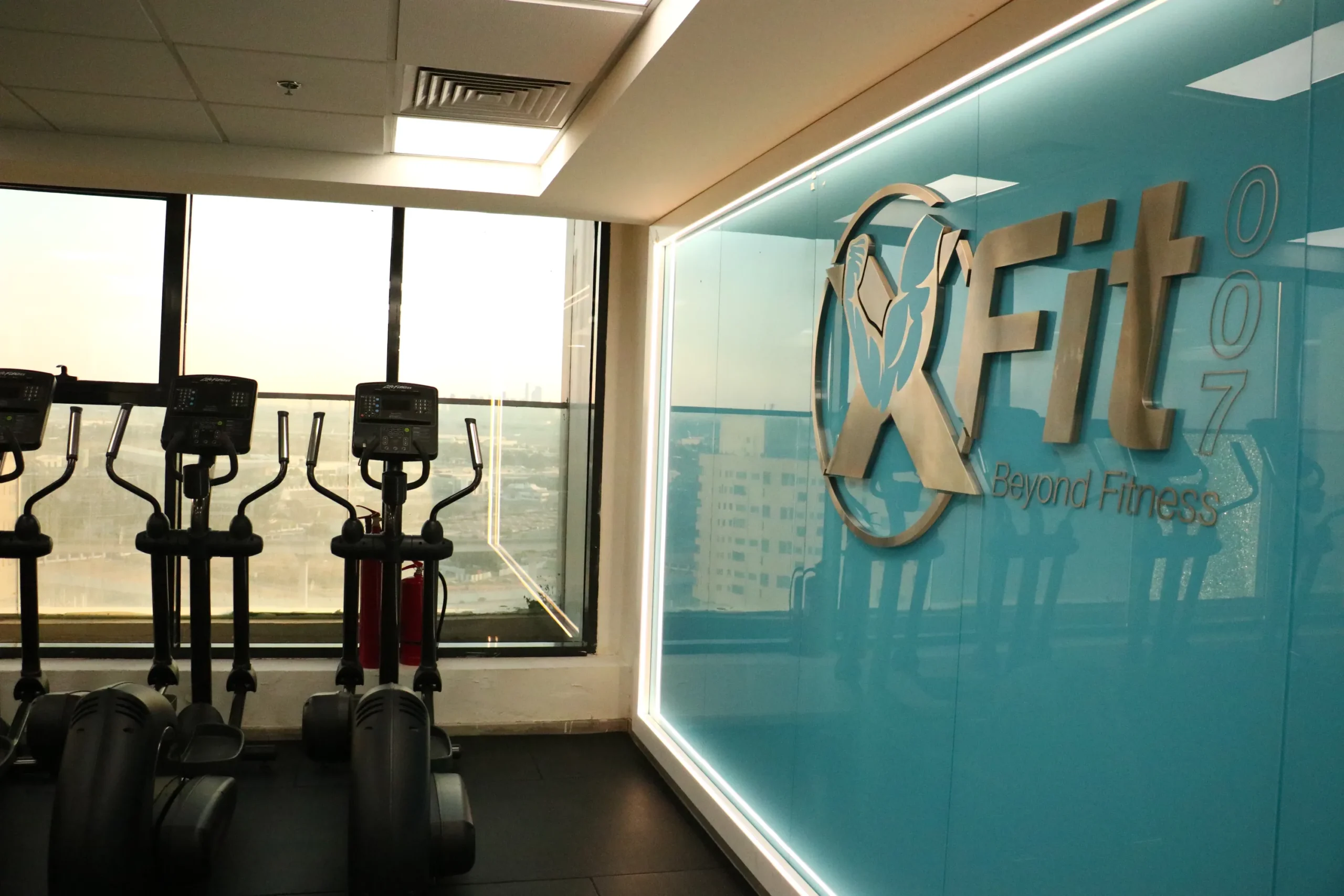Many people believe that working out every day leads to faster results. However, the importance of rest days and recovery are just as important as exercise itself. Skipping rest days can lead to burnout, injuries, and decreased performance. Understanding how rest contributes to overall health and fitness can be transformative. It’s not just about taking breaks; it’s about strategically incorporating rest into your training regimen to maximize gains and enhance well-being.
Why Recovery is Essential
Understanding the Science Behind Recovery
✔ Muscle Repair & Growth – Strength training creates tiny tears in muscles. Rest allows them to heal and grow stronger. Furthermore, during the recovery period, the body increases protein synthesis, which is crucial for building muscle mass. An example of effective muscle growth is seen in athletes who balance their workout intensity with adequate rest to ensure continuous progress without plateauing.
✔ Prevents Injuries – Overtraining increases the risk of strains, sprains, and fatigue-related injuries. A well-structured regimen that includes rest can significantly reduce this risk. For instance, many professional athletes incorporate planned rest days and lighter training phases into their schedules to allow their bodies to recover and avoid common overuse injuries.
✔ Boosts Performance – Rest days help restore energy levels, improving strength and endurance for your next workout. Many athletes implement periodization in their training, which includes alternating cycles of intense workouts and recovery periods to enhance overall performance. This method not only aids in physical recovery but also allows for mental rejuvenation, leading to a more enjoyable workout experience.
✔ Supports Mental Health – Recovery reduces stress, improves sleep quality, and helps maintain motivation. Incorporating activities such as meditation, leisure walks, or simply relaxing can have profound effects on mental well-being. For example, athletes who prioritize mental recovery often report enhanced focus and clarity, which translates to better performance in their physical activities.
Recovery is not just a luxury; it’s a physiological necessity. When you workout, you induce stress on your muscles and body systems, which requires time and resources to repair. The science of muscle recovery reveals that our bodies are remarkably adaptive, and taking rest days optimizes these adaptations. When muscles repair, they become stronger and more resilient, paving the way for improved performance in future workouts.
✔ Muscle Repair & Growth – Strength training creates tiny tears in muscles. Rest allows them to heal and grow stronger.
✔ Prevents Injuries – Overtraining increases the risk of strains, sprains, and fatigue-related injuries.
✔ Boosts Performance – Rest days help restore energy levels, improving strength and endurance for your next workout.
✔ Supports Mental Health – Recovery reduces stress, improves sleep quality, and helps maintain motivation.
How to Recover Effectively
Creating a Personalized Recovery Plan
In conclusion, recovery is not a sign of weakness—it’s a crucial part of progress. The importance of rest days cannot be overstated. Listen to your body, take rest days when needed, and enjoy the benefits of a well-balanced fitness routine. Remember that fitness is a marathon, not a sprint, and taking time to recover is essential for long-term success.
Designing a recovery plan tailored to your specific needs and goals can significantly enhance your fitness journey. Consider factors such as workout intensity, frequency, and your body’s response to training. For instance, if you notice signs of fatigue or decreased performance, it may be time to increase your rest days or include lighter training sessions. Consulting with fitness professionals can also provide insights into creating an effective plan.
To maximize the benefits of rest days, it’s important to follow effective recovery strategies. Here are some detailed methods to enhance recovery:
- Get Enough Sleep – Aim for 7–9 hours per night to allow your body to heal.
- Stay Hydrated – Proper hydration aids muscle recovery and reduces soreness.
- Stretch & Foam Roll – Improves flexibility and reduces muscle tension.
- Incorporate Active Recovery – Light activities like walking, yoga, or swimming help maintain movement without overexertion.
Conclusion
Recovery is not a sign of weakness—it’s a crucial part of progress. Listen to your body, take rest days when needed, and enjoy the benefits of a well-balanced fitness routine.

